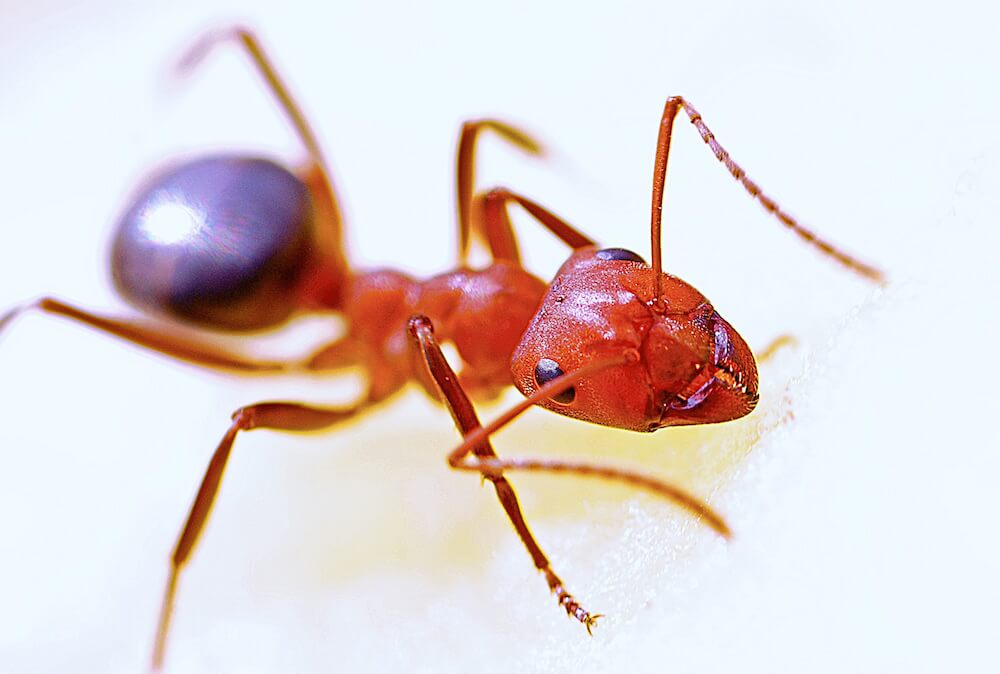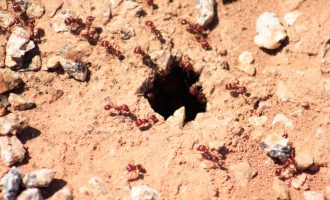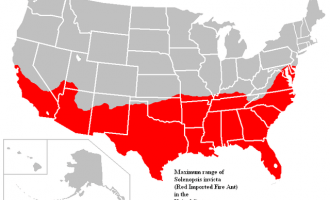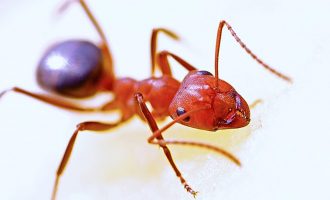Fire ants have not always been in Texas. They were accidentally introduced to the United States in the 1930s from South America through the port of Mobile, Alabama. They reached Texas in the 1950s, and since then they have spread in all directions, infesting at least two-thirds of the state. At Keane Landscaping, we are both fire ant experts and professional fire ant exterminators.
10 Facts About Fire Ants You Need to Know
1. Fire ants are here to stay. With proper methods of control, fire ants can be temporarily eradicated or reduced from small areas. But due to their wide spread existence, permanent eradication is technically, economically, and ecologically impossible.
2. Fire ants live inside trees, or underground in tunnels below their mounds. They are not damaging to your trees, and actually may be helping by eating other insects that would damage the tree otherwise.
3. Fire ant colonies can extend over 25 feet under the earth.
4. A fire ant colony is made up of the queen and the workers and soldiers. Queen ants can live up to 7 years.
5. Colonies can contain up to as many as 250,000-400,000 ants. The queen can lay over 1,000 eggs in a day.
6. A colony of fire ants can disrupt your yard’s ecosystem. When a colony becomes too large, they can over-prey on other insects and animals in the area, throwing Mother Nature off balance.
7. A large group of fire ants is capable of taking down prey that is much, much larger than they are, such as quail, deer, lizards and toads.
8. Fire ants sting in unison because they are responsive to vibration or movement. If fire ants are swarming up your leg, they will bite all at once as you move. Whatever causes one ant to sting will likely trigger the same reaction in the rest.
9. Around 1% of humans are hypersensitive to fire ant venom and will experience fatal allergic reactions. Even healthy, non-sensitive humans can suffer from anaphylactic shock if they are swarmed and stung many, many times.
10. If you or a loved one have an allergic reaction to a fire ant sting, seek medical attention immediately. Symptoms are generally shortness of breath, thickening of the tongue, sweating, skin irritation, and intense pain.
Is your yard infested with fire ants? If you have small children or pets, a colony of fire ants can be quite dangerous. Call Keane Landscaping today to learn more about our professional fire ant control services.









